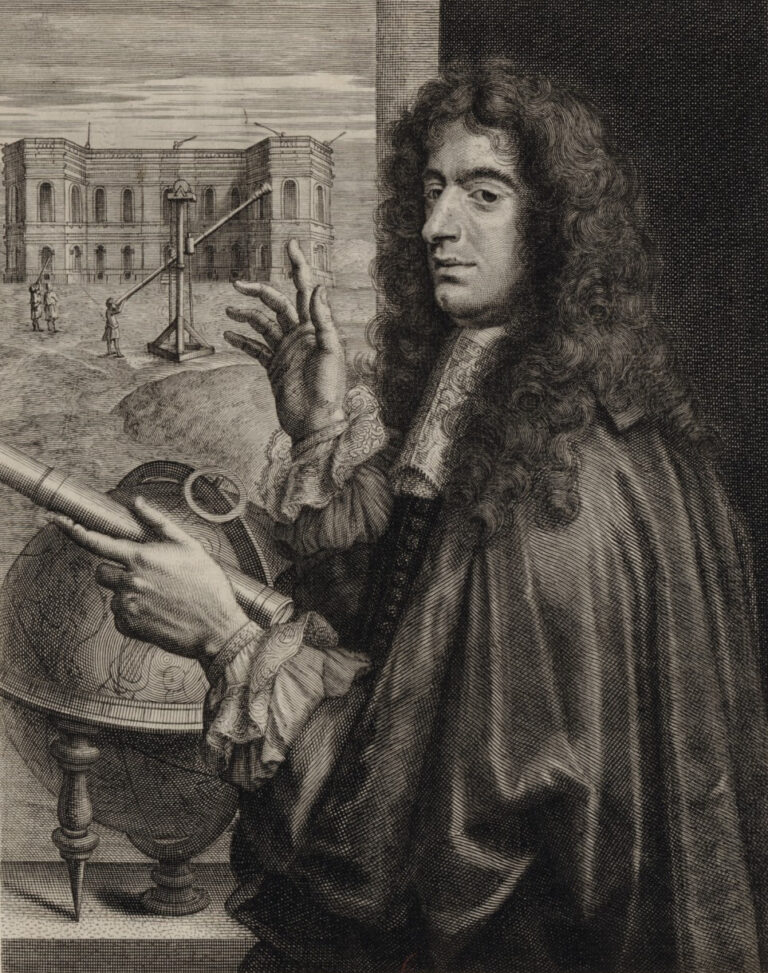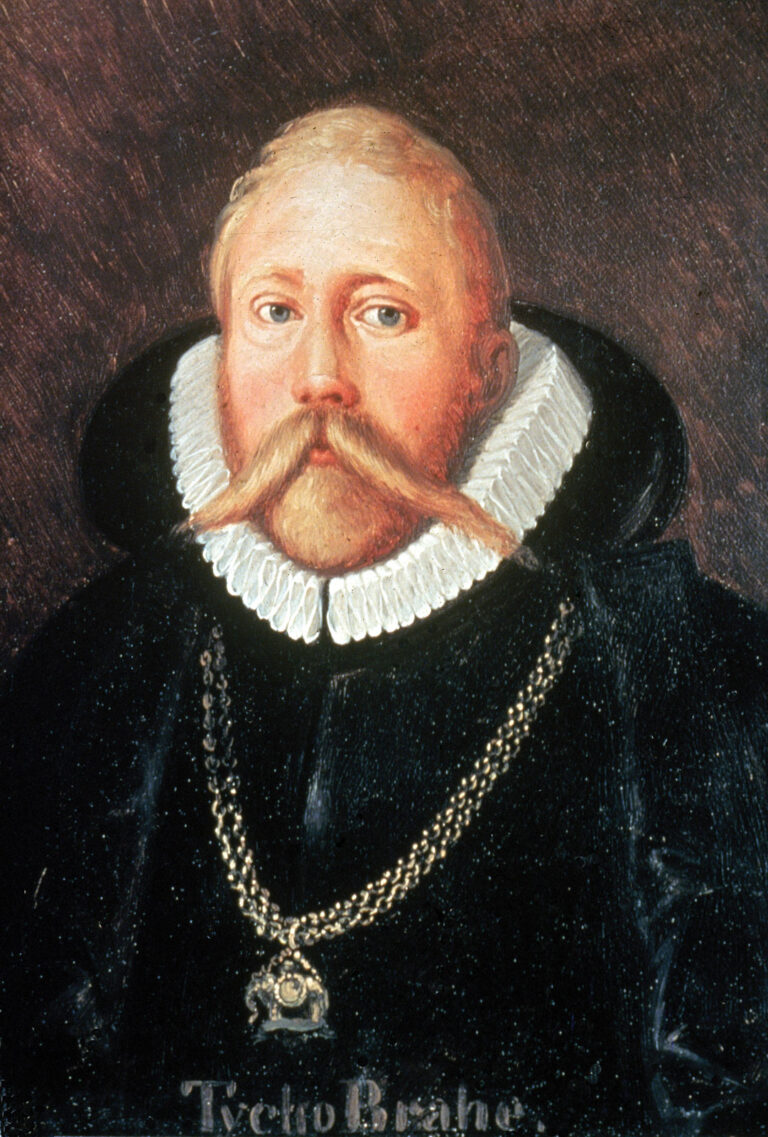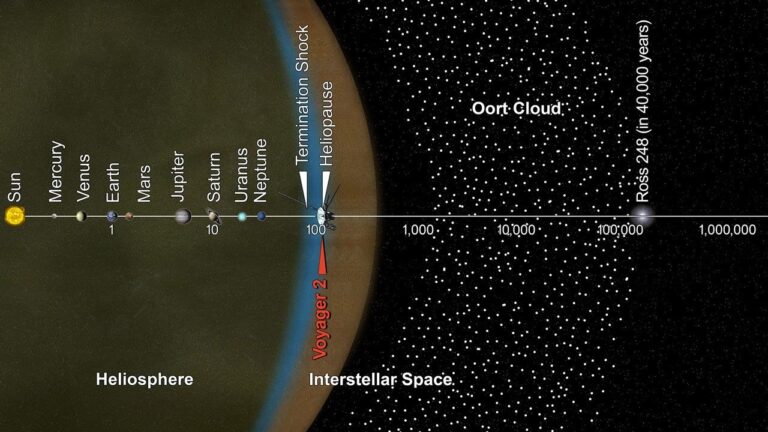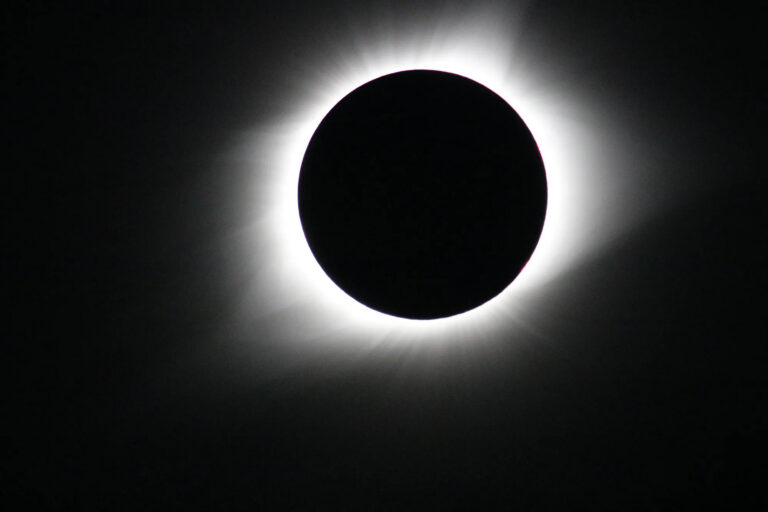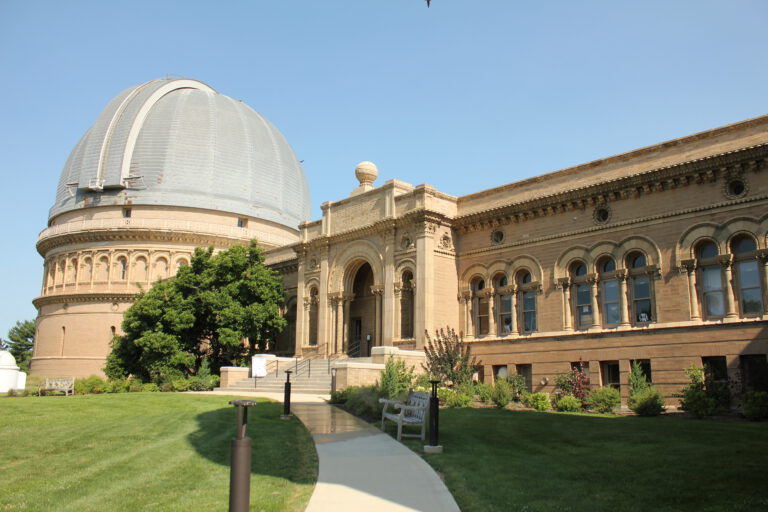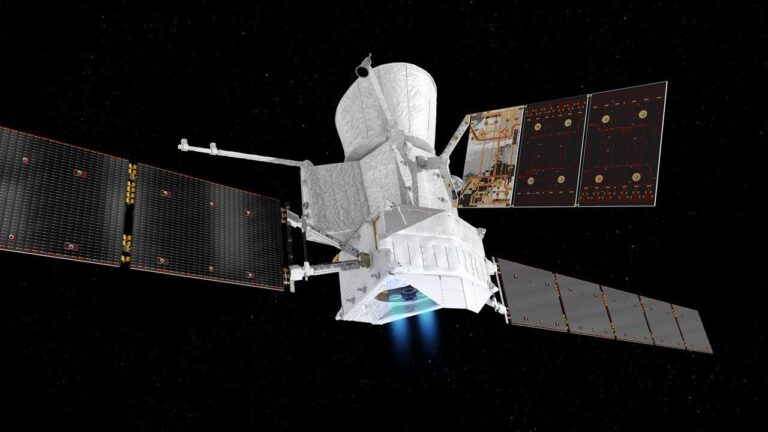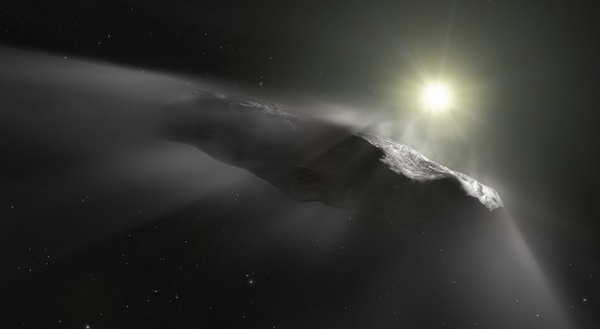
Italian-born Giovanni Cassini would find a home in France, where he made some of his biggest discoveries: four of Saturn's satellites, and the Cassini Division in Saturn's rings. Credit: Giovanni Domenico Cassini. Lithograph by F.C., 1827. Wellcome Collection
Key Takeaways:
- Giovanni Cassini, born in 1625, made significant early contributions to the understanding of Jupiter and Mars, specifically their rotational periods and the positions of Jupiter's satellites.
- His expertise led to his invitation to the Academie des Sciences in Paris by King Louis XIV, eventually becoming director of the Observatorie de Paris in 1671 and a French citizen in 1673.
- Cassini discovered four satellites of Saturn: Iapetus (1671), Rhea (1672), Tethys (1684), and Dione (1684).
- He also identified the Cassini Division, a prominent gap in Saturn's rings.
Giovanni Cassini was born in Perinaldo, in what is now Italy, on June 8, 1625. Early work on Jupiter and Mars’ rotational periods and the positions of Jupiter’s satellites led to an invitation to Paris and the Academie des Sciences by King Louis XIV; he became director of the Observatorie de Paris in 1671, and a French citizen two years later. Cassini would go on to discover four satellites of Saturn (Iapetus, 1671; Rhea, 1672; Tethys, 1684; and Dione, 1684) and find the largest division in its rings (the Cassini Division). The Cassini orbiter that observed Saturn from 2004-2017 was, perhaps unsurprisingly, named for him.

